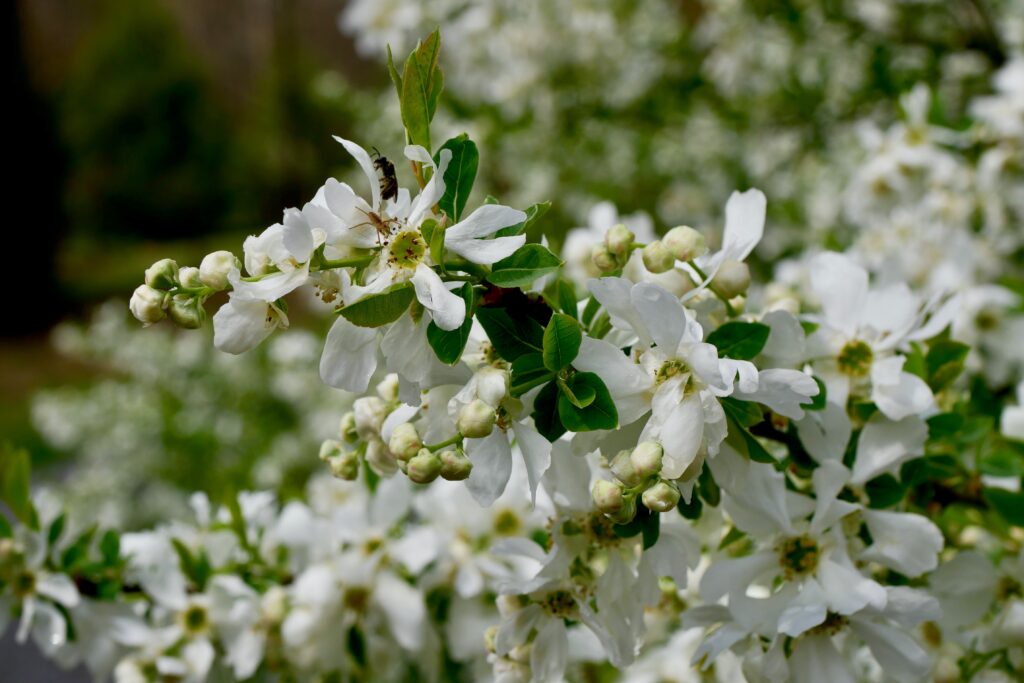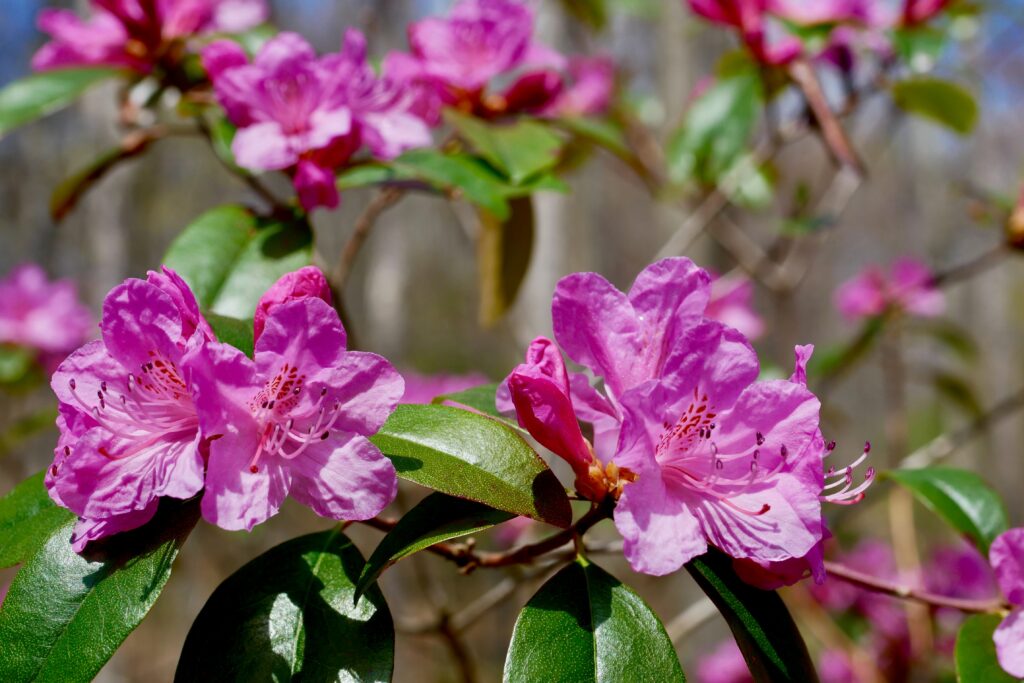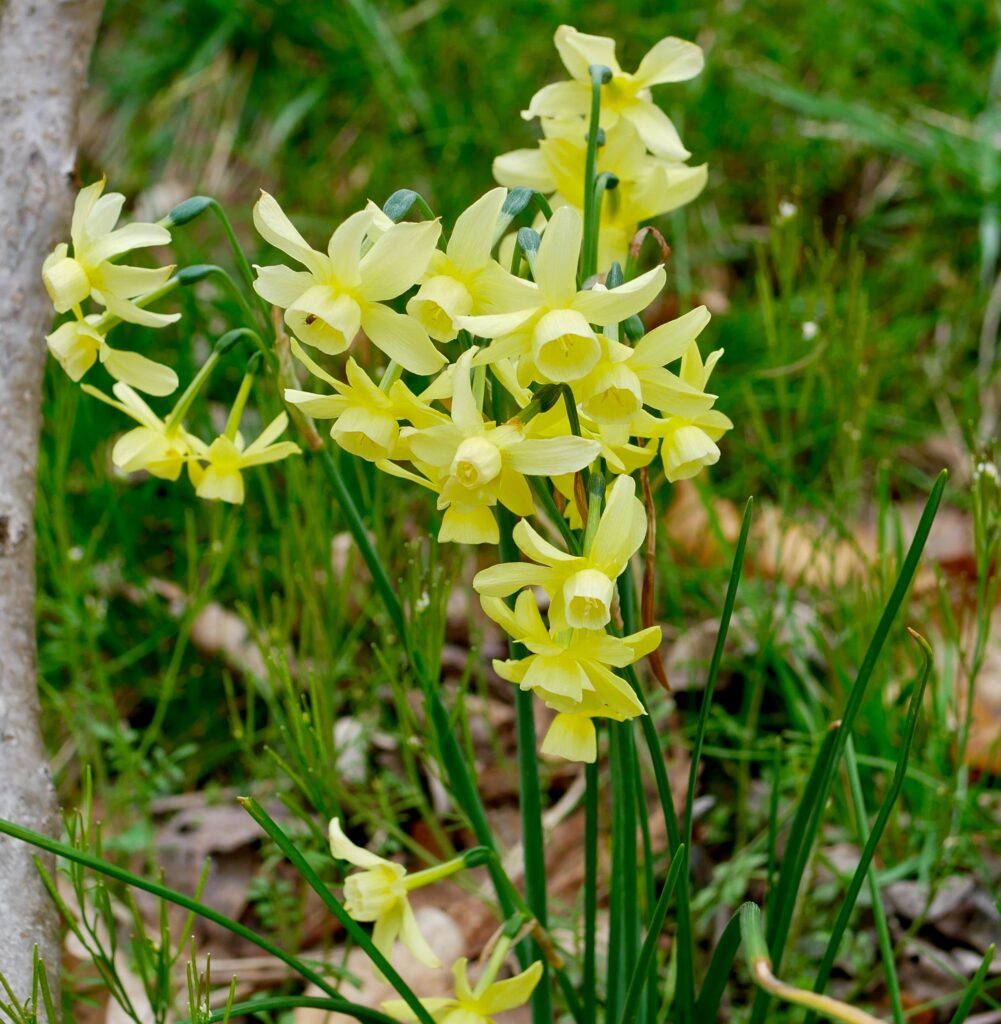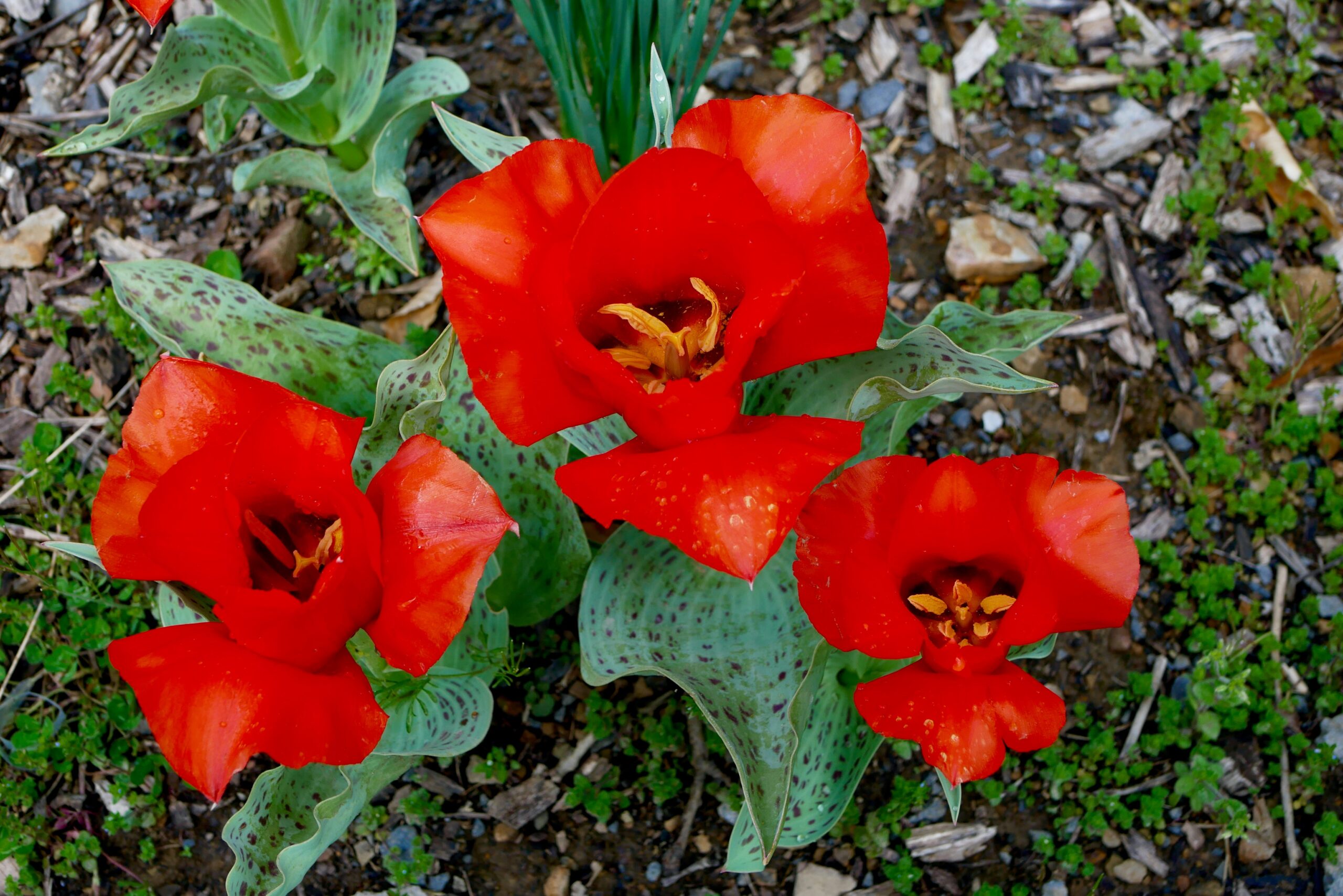By David P. Davis
Newsroom@DominionPost.com
This week at the West Virginia Botanic Garden, 1061 Tyrone Road, we feature our first flowering shrubs of the season and a couple of special bulbs just coming into full bloom. Shrubs are small- to medium-size perennial woody plants.
Our first shrub is pearl bush, Exochorda sp., in the family Rosaceae. The pearl bush gets its name from the string of unopened blooms that look like pearls. When they do open, the branch fills with a blizzard of five-petal flowers. You can find the pearl bush in the lower part of the Yagle Garden. When blooming, they are so stunning; garden guests cannot help but ask me what they are. The blooming period is short, so come see them now before they are done.

A feature of the WVBG is our Rhododendron Garden. Rhododendron is a very large genus of woody plants with a worldwide distribution in the heath family. Overall, the WVBG has more than 45 species and varieties of rhododendrons, with plans to add more. As we move into mid-spring, you’ll find about a dozen in bloom or about to bloom, including Rhododendrons “Olga Mezitt” and “Landmark.”
Both of these cultivars are small-leaf rhododendrons with purple-pink blooms from top to bottom. The Tibbs Run Preserve in the WVBG is full of native rhododendrons that will flower later in the year.

Another special bulb now in bloom is the jonquil, Narcissus jonquilla. The jonquil is a division of daffodils that have reed-like leaves and stems with multiple flowers. We have a small collection of the jonquils hiding at the feet of the sumac below the information kiosk near the lower parking lot.
Lastly, we have our first tulips blooming at the garden. One of particular note is the Tulipa “Red Riding Hood” (also called the Greigii Tulip) below our Event and Education Center. This tulip is noted for its short height (4-6 inches) and huge red bloom with black inner markings. It also has striking, mottled leaves. These tulips can naturalize a bed coming back every year if left undisturbed.
However, the deer do love both its leaves and flowers, as they do all tulips. At the WVBG, we spray weekly with a 50/50 mix of water and milk to keep the deer off our flowers and foliage. To keep them off your tulips, you have to start spraying as soon as the leaves emerge and spray weekly until blooming has finished.
Come see ours now, as they might not last into next week!
David P. Davis, Ph.D., gardener at the WVBG. For visiting information, maps, and more, visit WVBG.org.






